Is Mushroom a Vegetable?
Introduction
Mushrooms are one of the most fascinating and widely consumed foods on Earth. Their rich umami flavor, meaty texture, and versatility make them a favorite in cuisines across the globe. But when it comes to their classification, a curious question arises: Is a mushroom a vegetable?
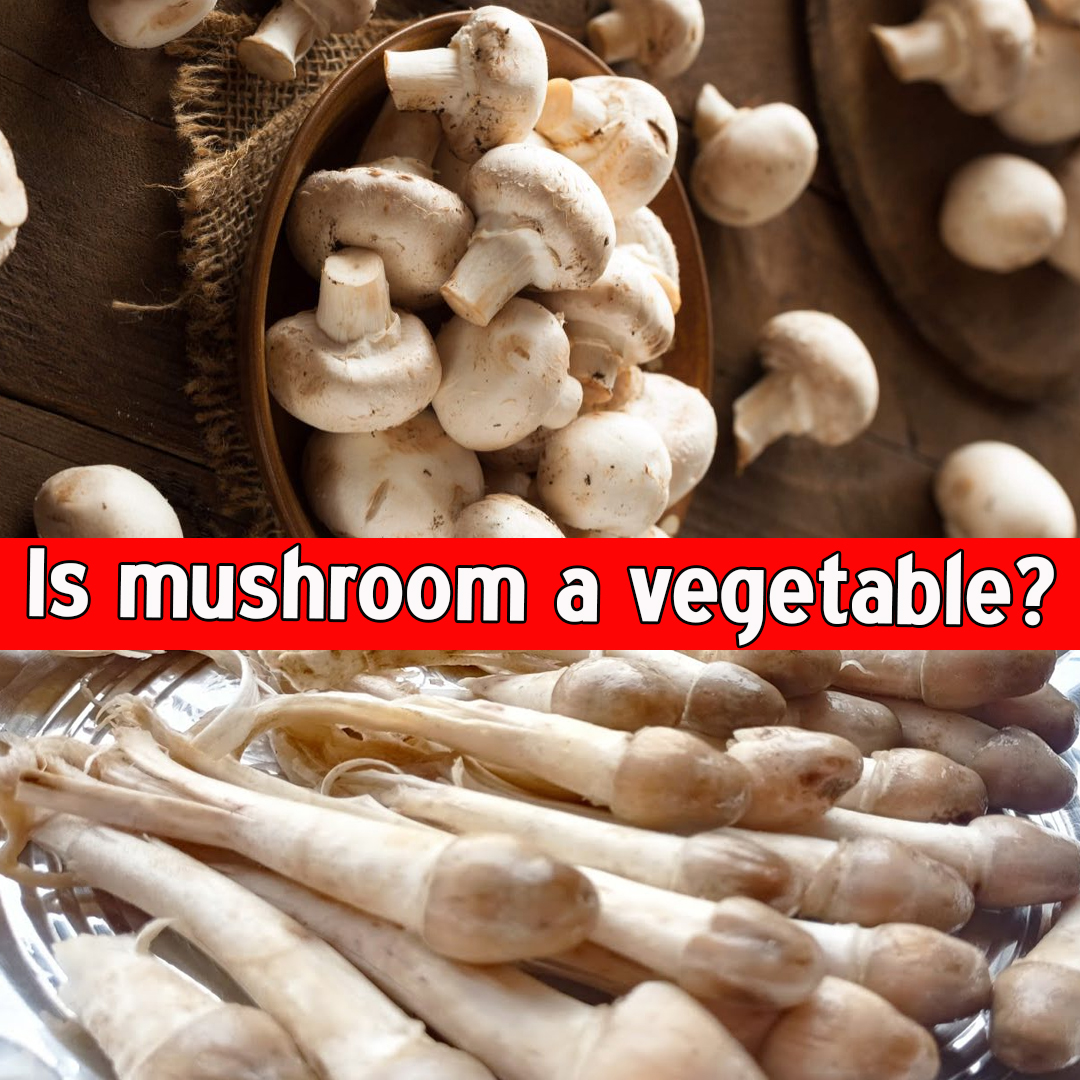
Is mushroom a vegetable?
At the supermarket, mushrooms are sold alongside carrots, broccoli, and spinach—clearly grouped with vegetables. Yet, from a biological and botanical standpoint, mushrooms are not vegetables in the traditional sense. Instead, they belong to the fungi kingdom, which is entirely separate from the plant kingdom. This article will explore the scientific, nutritional, and culinary perspectives surrounding mushrooms and answer once and for all: Are mushrooms vegetables?
Table of Contents
- What Is a Mushroom?
- The Biological Kingdoms
- Why Mushrooms Are Not True Vegetables
- Fungi vs Plants: Key Differences
- Nutritional Value of Mushrooms
- Culinary Classification: Are Mushrooms Treated as Vegetables?
- Types of Edible Mushrooms
- Health Benefits of Mushrooms
- Mushrooms in Medicine and Ancient Cultures
- Environmental Role of Mushrooms
- Are Mushrooms Vegan and Vegetarian-Friendly?
- Are Mushrooms Safe for Everyone?
- Mushroom vs Meat: A Plant-Based Substitute?
- Mushrooms in Food Guidelines and Dietary Recommendations
- Final Verdict: Are Mushrooms Vegetables?
1. What Is a Mushroom?
A mushroom is the fruiting body of certain species of fungi. Just like an apple is the fruit of an apple tree, the mushroom is the reproductive structure of a much larger organism that exists underground or inside decaying matter as a network of thread-like structures called mycelium.
Mushrooms produce spores (like seeds) that help them reproduce. They thrive in moist, shady, and nutrient-rich environments and play a major role in decomposing organic material.
2. The Biological Kingdoms
To understand mushroom classification, we must look at the five major biological kingdoms:
- Animalia (Animals)
- Plantae (Plants)
- Fungi (Mushrooms, molds, yeasts)
- Protista (Algae and protozoa)
- Monera (Bacteria)
Mushrooms fall under the Fungi kingdom—not the Plant kingdom. This makes them biologically distinct from vegetables like spinach or carrots, which are part of the Plantae kingdom.
3. Why Mushrooms Are Not True Vegetables
Botanically, vegetables are edible parts of plants, such as roots (carrots), stems (asparagus), leaves (lettuce), and flowers (broccoli). Since mushrooms are not plants, they do not fall under this strict definition.
| Read more – Is rice a starch? |
Key reasons why mushrooms are not vegetables:
- They do not perform photosynthesis.
- They belong to the fungi kingdom, not plants.
- They have chitin in their cell walls (like insects), not cellulose.
- They absorb nutrients from decaying matter, not from soil through roots.
4. Fungi vs Plants: Key Differences
| Feature | Fungi (Mushrooms) | Plants |
|---|---|---|
| Kingdom | Fungi | Plantae |
| Cell Wall Component | Chitin | Cellulose |
| Nutrition | Absorb nutrients from decay (saprotrophic) | Make food through photosynthesis |
| Mobility | Some fungal spores can move | Plants are stationary |
| Reproduction | Spores | Seeds, pollen |
5. Nutritional Value of Mushrooms
Despite not being vegetables biologically, mushrooms offer many of the same nutrients:
- Low in calories and fat
- Rich in B vitamins (niacin, riboflavin, pantothenic acid)
- Good source of minerals like selenium, copper, and potassium
- Contain antioxidants such as ergothioneine and glutathione
- High in fiber and protein (relative to other vegetables)
Mushrooms also have unique compounds not found in vegetables, such as beta-glucans, which support immune function.
6. Culinary Classification: Are Mushrooms Treated as Vegetables?
Yes. In the kitchen, mushrooms are treated as vegetables for all practical purposes. They are sautéed, grilled, roasted, added to soups, stews, stir-fries, and used as side dishes. Their savory taste (umami) makes them a popular meat substitute in vegetarian and vegan diets.
Culinary classification focuses on how a food is used, not on its biology. Therefore, mushrooms fall into the vegetable category on most menus and recipes.
7. Types of Edible Mushrooms
There are thousands of mushroom species, but a few are common in kitchens:
- White button mushrooms (Agaricus bisporus)
- Cremini (Baby bella)
- Portobello (mature cremini)
- Shiitake
- Oyster mushrooms
- Enoki
- Morels
- Chanterelles
- Maitake (Hen of the woods)
Each has its own flavor profile, nutritional makeup, and culinary uses.
8. Health Benefits of Mushrooms
Research shows mushrooms provide a wide range of health benefits:
- Immune system support from beta-glucans
- Anti-inflammatory effects
- Cancer-fighting potential, especially from shiitake and maitake
- Support for brain health due to ergothioneine
- Weight management due to high fiber and low calorie content
- Heart health via potassium and cholesterol-lowering effects
9. Mushrooms in Medicine and Ancient Cultures
Mushrooms have been used medicinally for thousands of years:
- Traditional Chinese medicine uses reishi and cordyceps for longevity and vitality.
- Ayurveda incorporates mushrooms for immunity and anti-aging.
- Modern research explores their use in treating depression, PTSD (psilocybin), cancer, and inflammation.
10. Environmental Role of Mushrooms
Mushrooms are essential for Earth’s ecosystems. Their underground mycelium networks:
- Break down organic material
- Recycle nutrients
- Support plant health through mycorrhizal symbiosis
- Detoxify polluted environments (a process known as mycoremediation)
Without fungi, life on Earth would struggle to sustain itself.
11. Are Mushrooms Vegan and Vegetarian-Friendly?
Yes. Mushrooms are 100% plant-based (though technically not plants) and are widely used in:
- Vegan burgers (e.g., portobello mushroom burgers)
- Plant-based meat substitutes
- Broths and gravies (for umami flavor)
They provide texture and flavor that mimic meat, making them ideal for meat-free diets.
12. Are Mushrooms Safe for Everyone?
For the most part, yes—edible mushrooms are safe. However:
- Some people are allergic.
- Wild mushrooms can be toxic or deadly if not properly identified.
- Mushrooms should be cooked to break down natural toxins and improve digestibility.
- Some contain trace amounts of heavy metals depending on where they’re grown.
Pro tip: Never eat wild mushrooms unless identified by a trained expert.
13. Mushroom vs Meat: A Plant-Based Substitute?
Mushrooms are often used as a substitute for meat due to:
- Their umami flavor
- Firm texture
- Protein content
- Ability to absorb marinades
Examples:
- Portobello mushroom steak
- Mushroom and lentil meatballs
- Mushroom-based sausages and patties
While mushrooms don’t provide as much protein as meat, they can be paired with legumes or grains for a complete protein profile.
14. Mushrooms in Food Guidelines and Dietary Recommendations
Most national dietary guidelines include mushrooms in the vegetable category due to their similar nutritional roles. For example:
- The USDA MyPlate includes mushrooms under vegetables.
- Harvard’s Healthy Eating Plate includes mushrooms in the plant-based section.
- Vegetarian and vegan food pyramids treat mushrooms as veggies.
This classification helps encourage their consumption, considering their health benefits.
15. Final Verdict: Are Mushrooms Vegetables?
✅ Culinary Perspective: Yes
- Mushrooms are used like vegetables in cooking.
❌ Botanical Perspective: No
- Mushrooms are not plants; they belong to the fungi kingdom.
✅ Nutritional Perspective: Functionally Yes
- Mushrooms provide similar nutrients to vegetables, plus unique compounds.
Conclusion
So, is mushroom a vegetable? The answer depends on who you ask:
- To a chef, mushrooms are definitely vegetables.
- To a botanist, absolutely not—they’re fungi.
- To a nutritionist, mushrooms are a valuable, low-calorie, nutrient-rich food with a vegetable-like role in the human diet.

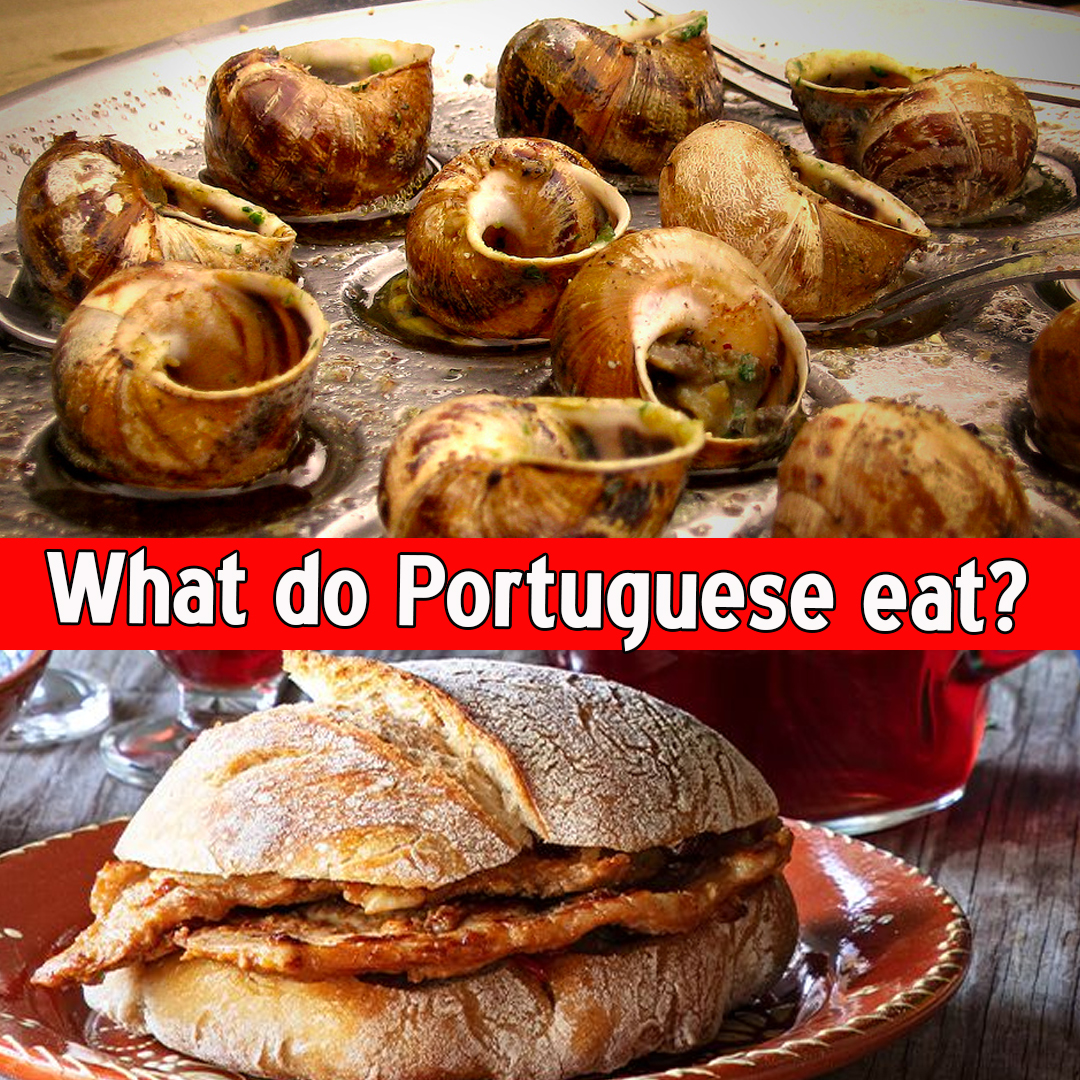


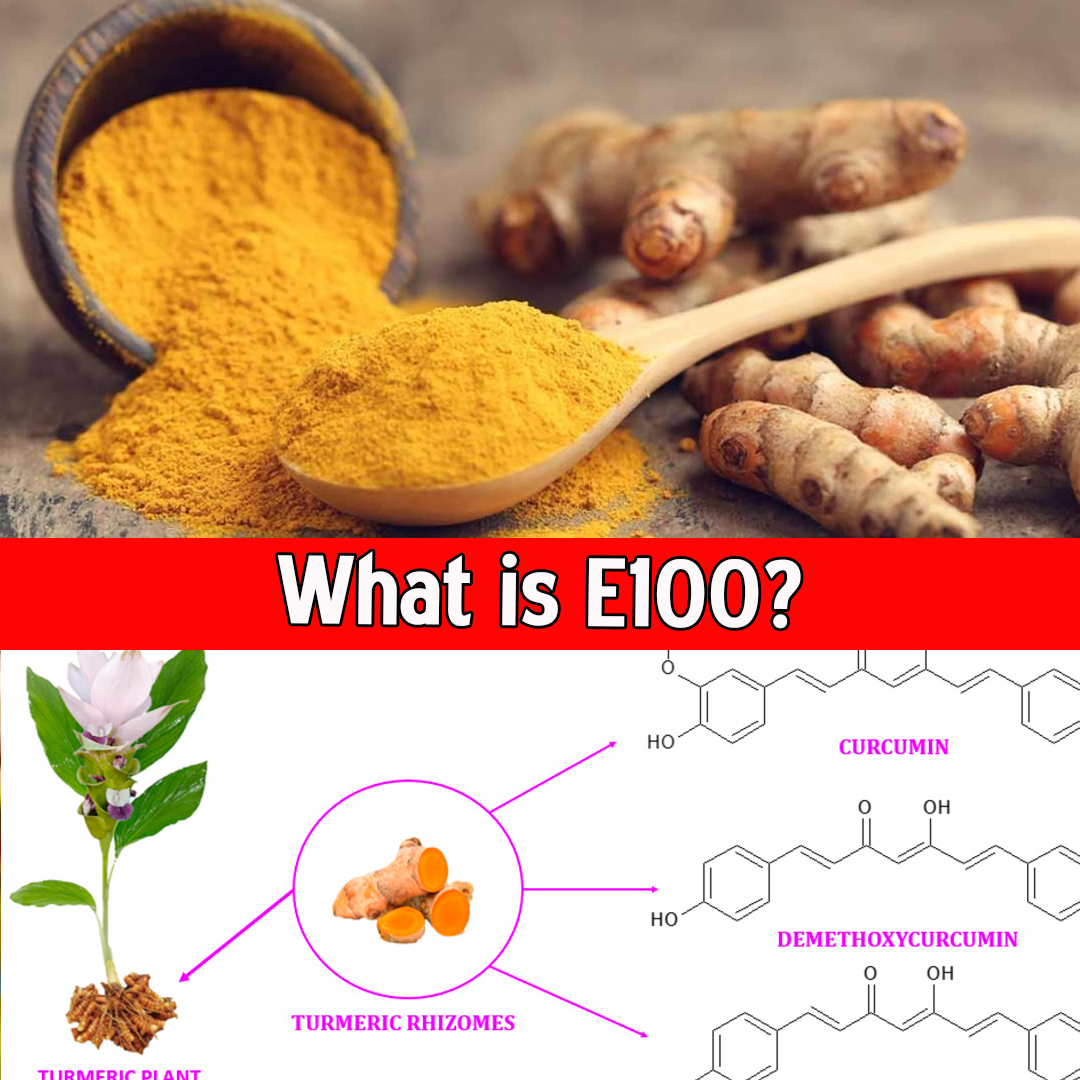


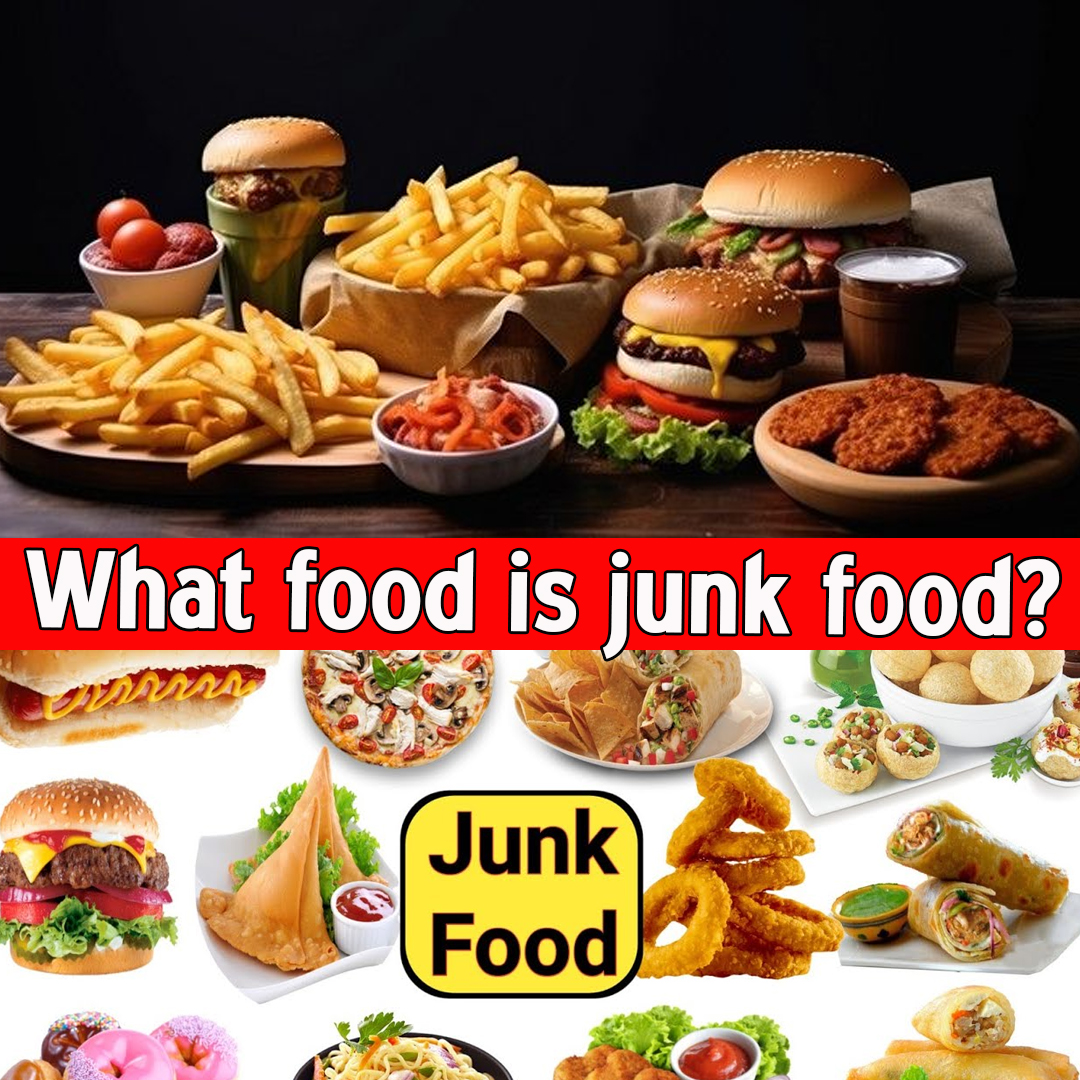

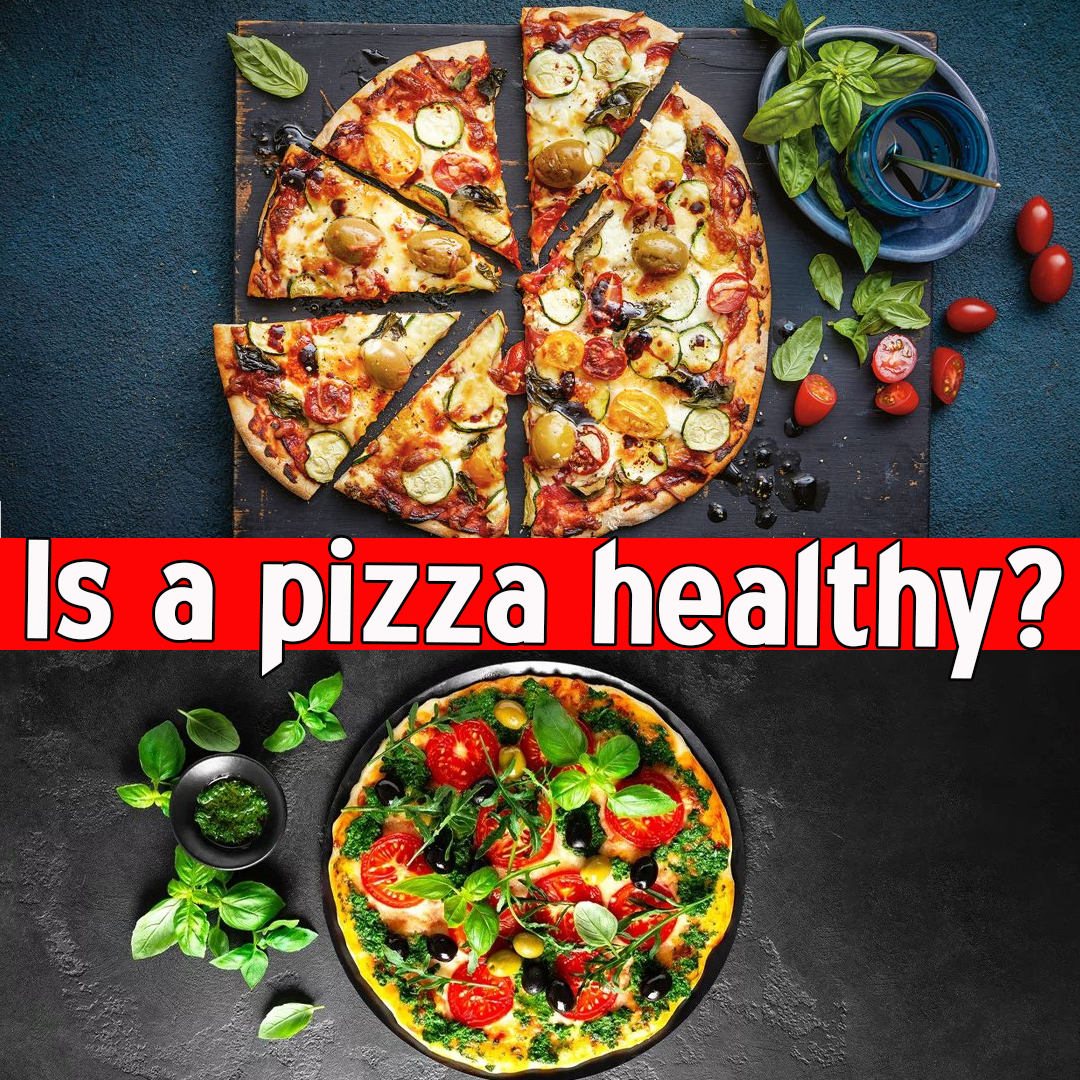


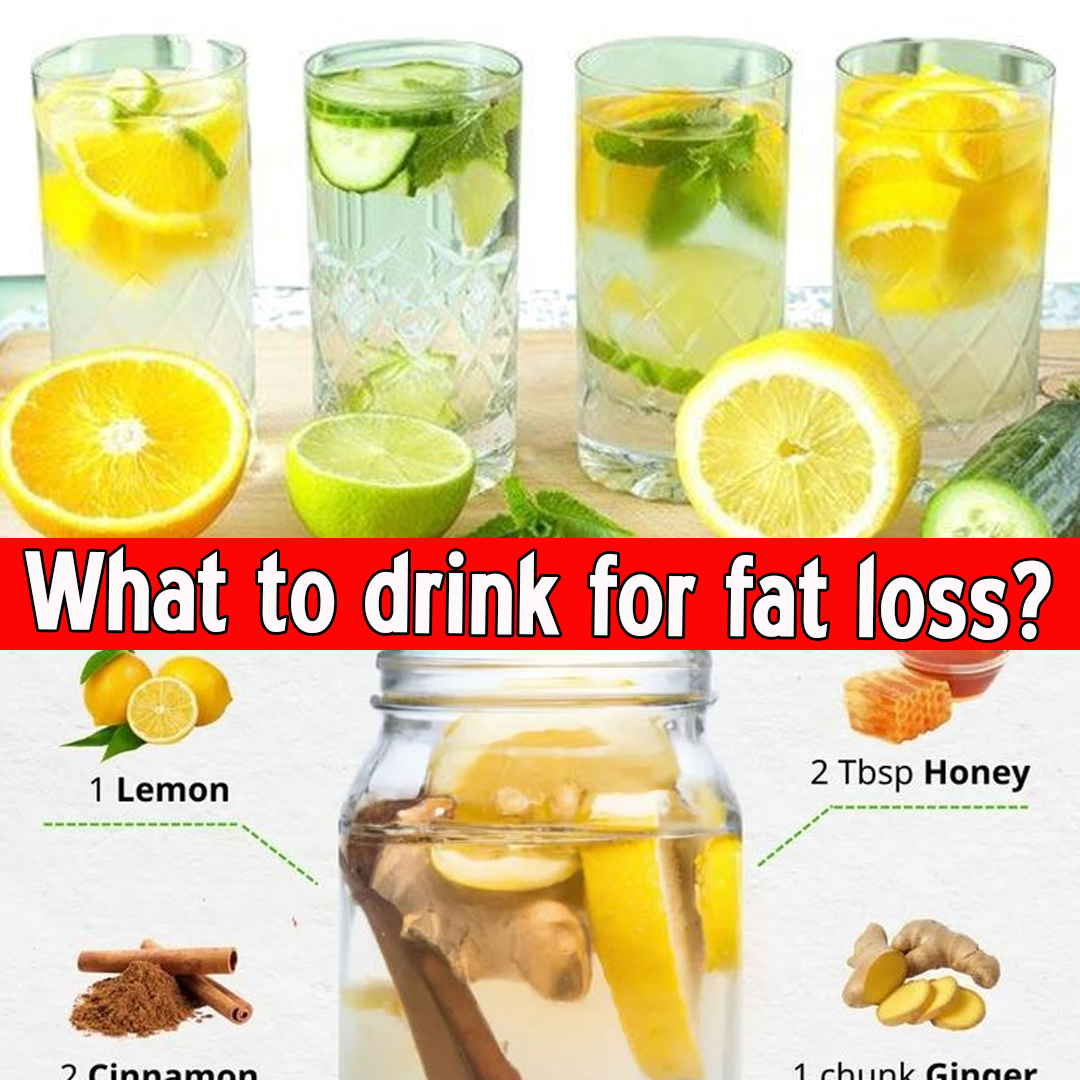


Leave a Reply